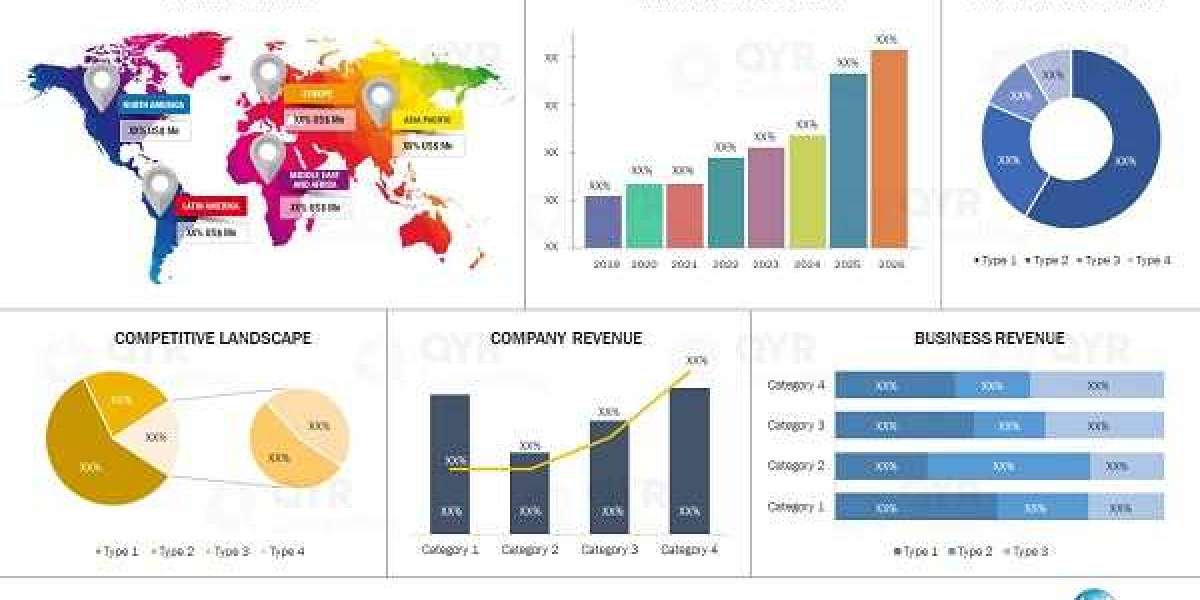Transportation and logistics companies rely heavily on efficient asset management to optimize operations, reduce costs, and improve service quality. With the increasing demand for faster deliveries and real-time tracking, businesses must implement smart solutions to manage their fleets and assets efficiently. This is where TMS (Transportation Management System) asset management software comes into play.
TMS asset management software provides a comprehensive platform for tracking, monitoring, and optimizing fleet performance, helping businesses enhance productivity and reduce operational inefficiencies. In this article, we will explore the key aspects of TMS asset management software, its benefits, and how it revolutionizes the transportation and logistics industry.
1. What is TMS Asset Management Software?
TMS asset management software is a digital solution designed to manage and optimize a transportation company's assets, including vehicles, warehouses, and equipment. It enables businesses to track real-time asset locations, monitor performance, and ensure maintenance schedules are adhered to.
By leveraging TMS software, logistics companies can improve fleet utilization, reduce downtime, and enhance overall operational efficiency. The software integrates seamlessly with GPS, telematics, and IoT devices, providing a centralized platform for managing assets.
2. Key Features of TMS Asset Management Software
Modern TMS asset management software comes with a range of features that help logistics companies optimize their operations. Some of the most critical features include:
- Real-Time Asset Tracking: Allows fleet managers to monitor the exact location and status of vehicles in transit.
- Predictive Maintenance: Uses AI-driven insights to schedule maintenance before breakdowns occur.
- Fuel Management: Monitors fuel consumption to reduce operational costs.
- Route Optimization: Provides the most efficient routes to minimize travel time and fuel usage.
- Compliance Management: Ensures adherence to regulations such as hours of service (HOS) and vehicle inspections.
- Inventory and Warehouse Management: Tracks goods in storage and transit to prevent loss or misplacement.
These features help transportation companies operate smoothly while improving service delivery and reducing costs.
3. Benefits of Implementing TMS Asset Management Software
The adoption of TMS asset management software provides numerous advantages for logistics businesses. Some of the key benefits include:
- Enhanced Efficiency: Automates asset tracking and fleet management, reducing manual intervention and errors.
- Cost Savings: Helps optimize fuel usage, prevent unnecessary repairs, and improve vehicle lifespan.
- Improved Safety: Ensures timely vehicle maintenance, reducing the risk of accidents and breakdowns.
- Better Customer Satisfaction: Provides accurate delivery estimates and real-time tracking for customers.
- Scalability: Allows businesses to manage an increasing number of assets as they expand.
By leveraging these benefits, companies can enhance profitability and improve overall operational performance.
4. Real-Time Fleet Monitoring for Better Control
One of the biggest advantages of TMS asset management software is its ability to provide real-time fleet monitoring. GPS tracking and telematics systems offer live updates on vehicle location, speed, and route deviations.
With this technology, fleet managers can ensure drivers adhere to assigned routes, optimize delivery schedules, and address potential delays before they impact operations. Real-time data also improves security by reducing theft risks and unauthorized vehicle usage.
5. Predictive Maintenance for Reduced Downtime
Predictive maintenance is a game-changer in fleet management. Instead of following traditional maintenance schedules, TMS software uses AI and IoT data to predict when a vehicle or equipment is likely to require servicing.
By addressing maintenance needs before they lead to breakdowns, businesses can reduce downtime, extend asset lifespan, and minimize repair costs. This proactive approach ensures that fleets remain operational and productive without unexpected disruptions.
6. Optimizing Fuel Usage and Reducing Operational Costs
Fuel costs are a significant expense for logistics companies. TMS asset management software helps monitor fuel consumption, detect irregular usage, and suggest optimization strategies.
Through route optimization, real-time tracking, and driver behavior analysis, businesses can significantly cut down on fuel expenses. For example, the software can recommend alternative routes that save time and fuel, ensuring cost-effective deliveries.
7. Compliance and Regulatory Management
Adhering to transportation regulations is crucial for logistics companies. TMS software ensures compliance with industry standards such as driver hours of service (HOS), emissions monitoring, and vehicle inspections.
The system automatically alerts fleet managers about upcoming regulatory requirements, reducing the risk of fines or legal complications. Additionally, electronic logging devices (ELDs) integrated with TMS solutions help maintain accurate driver logs for auditing purposes.
8. Warehouse and Inventory Optimization
TMS asset management software does not only focus on vehicle tracking—it also helps manage inventory and warehouse operations. Companies can track shipments, monitor warehouse capacity, and optimize inventory levels.
By integrating warehouse management with fleet operations, logistics businesses can reduce bottlenecks, improve order fulfillment rates, and ensure timely deliveries. This creates a seamless supply chain that boosts overall efficiency.
9. Role of Transportation Software Solutions in Asset Management
The integration of transportation software solutions into asset management has transformed logistics operations. These solutions provide advanced analytics, automation, and predictive capabilities to optimize fleet performance.
By implementing transportation software solutions, businesses can gain better visibility into asset utilization, reduce operational waste, and enhance decision-making. The use of AI-powered analytics and IoT-enabled monitoring ensures that logistics companies stay ahead in a competitive market.
10. Enhancing Customer Satisfaction Through Improved Delivery Accuracy
In the logistics industry, customer satisfaction heavily depends on timely and accurate deliveries. TMS asset management software helps businesses optimize delivery schedules, provide accurate ETAs, and offer real-time tracking to customers.
By keeping customers informed and reducing delivery delays, companies can improve brand reputation and build stronger customer relationships. Transparency and reliability in delivery services also lead to higher customer retention rates.
11. Scalability: Managing Growing Fleet Operations
As logistics businesses expand, managing a larger fleet becomes challenging. TMS asset management software is designed to scale with business growth, allowing companies to seamlessly add new vehicles and assets to the system.
With centralized control and automation, fleet managers can maintain efficiency even as the number of assets increases. Scalable software solutions ensure that growing companies can maintain high operational standards without increasing complexity.
12. Future Trends in TMS Asset Management
The logistics industry is continuously evolving, and TMS asset management software is expected to incorporate new advancements. Some future trends include:
- AI-Driven Decision-Making: Using AI to optimize fleet routes, reduce fuel consumption, and predict maintenance needs.
- Blockchain for Secure Transactions: Enhancing transparency and security in logistics transactions.
- 5G Connectivity: Improving real-time tracking and fleet communication.
- Autonomous Vehicle Integration: Managing self-driving trucks and automated warehouse operations.
As these technologies mature, TMS asset management software will continue to play a vital role in improving efficiency and innovation in the transportation industry.
Conclusion
TMS asset management software is a powerful tool that helps logistics businesses optimize fleet efficiency, reduce operational costs, and enhance customer satisfaction. With features such as real-time tracking, predictive maintenance, and fuel optimization, companies can streamline their operations and improve productivity.
By integrating transportation software solutions, businesses can stay ahead of industry challenges and leverage advanced technologies to drive growth. The future of logistics lies in smart asset management, and adopting TMS solutions is the key to long-term success in the ever-evolving transportation sector.











